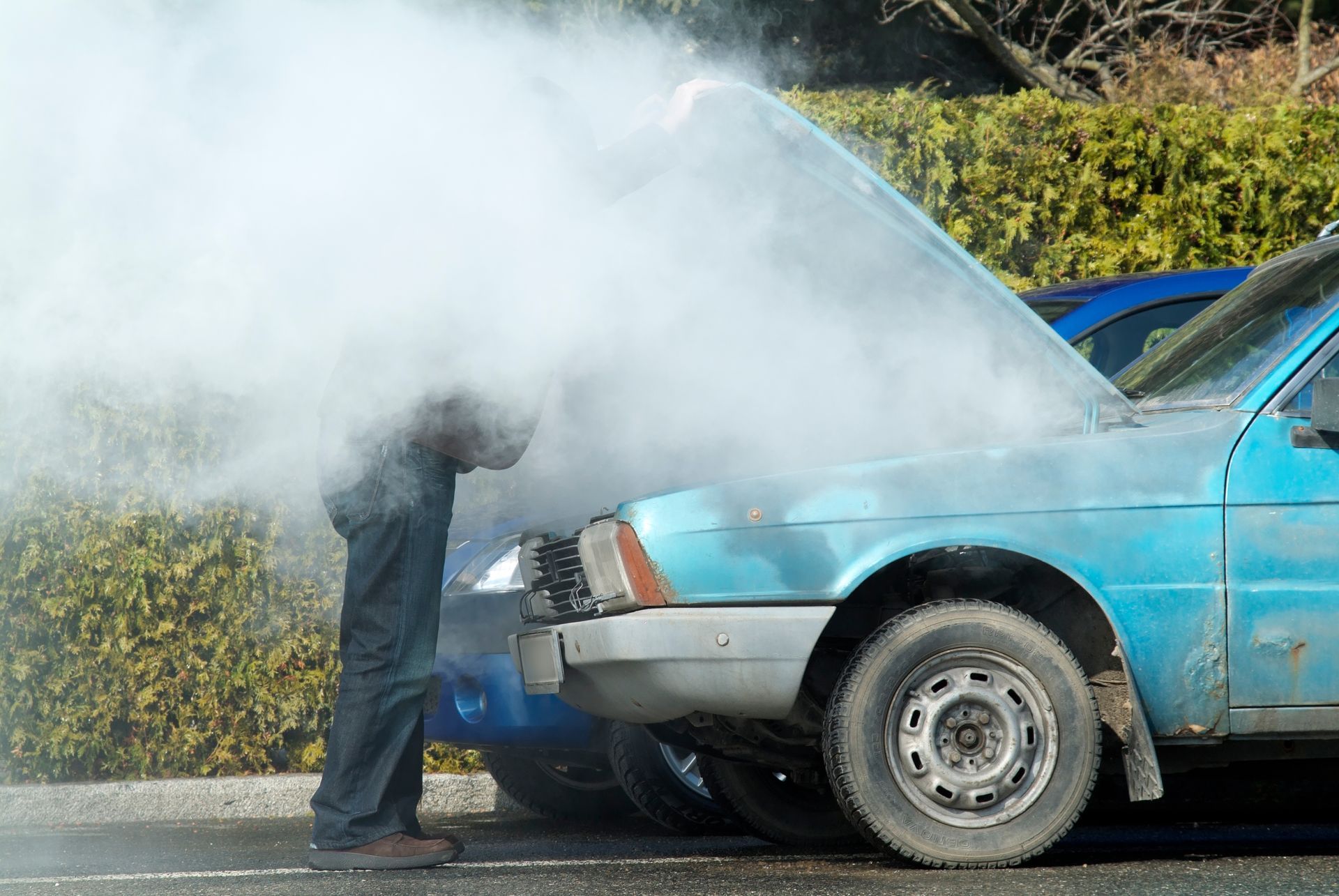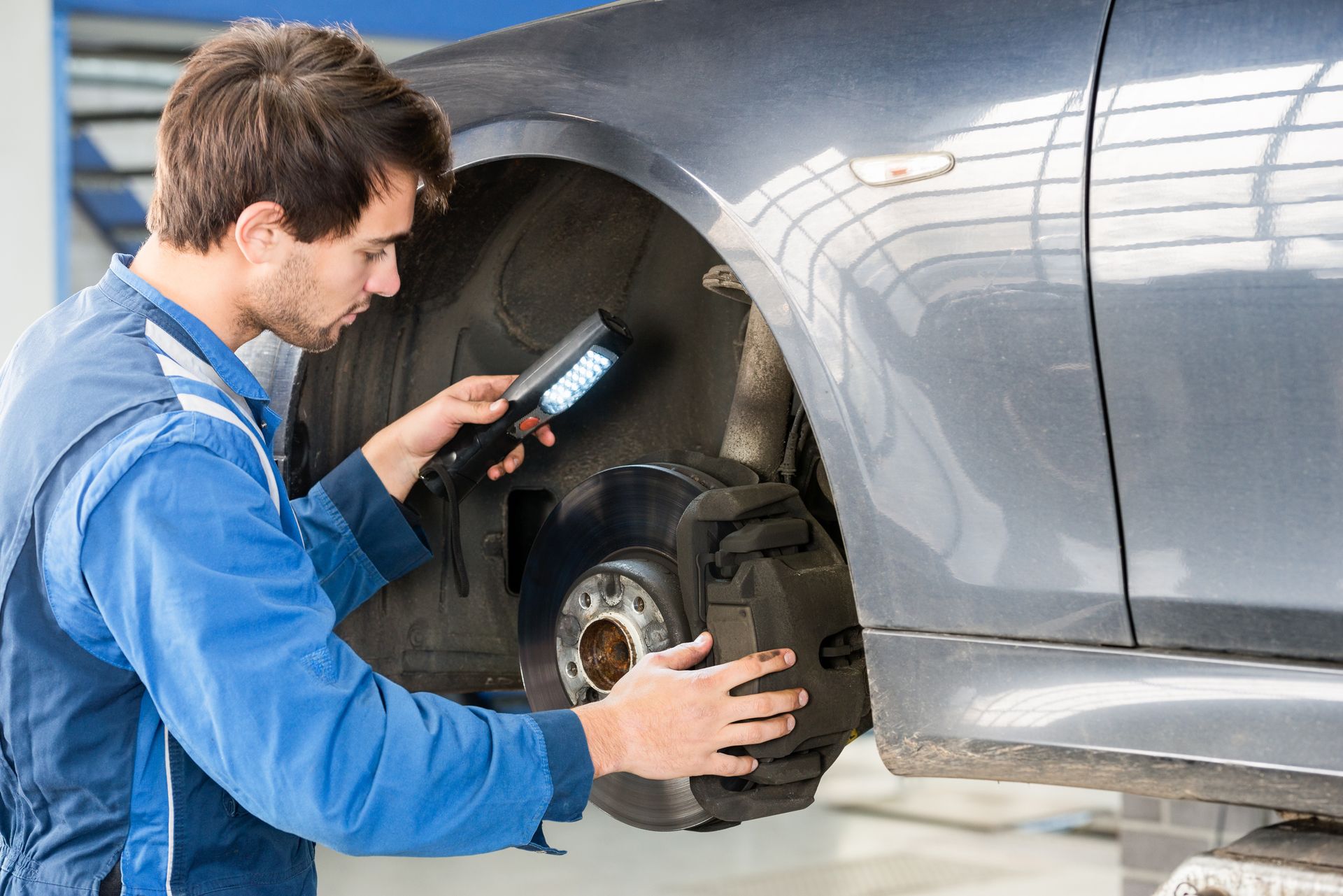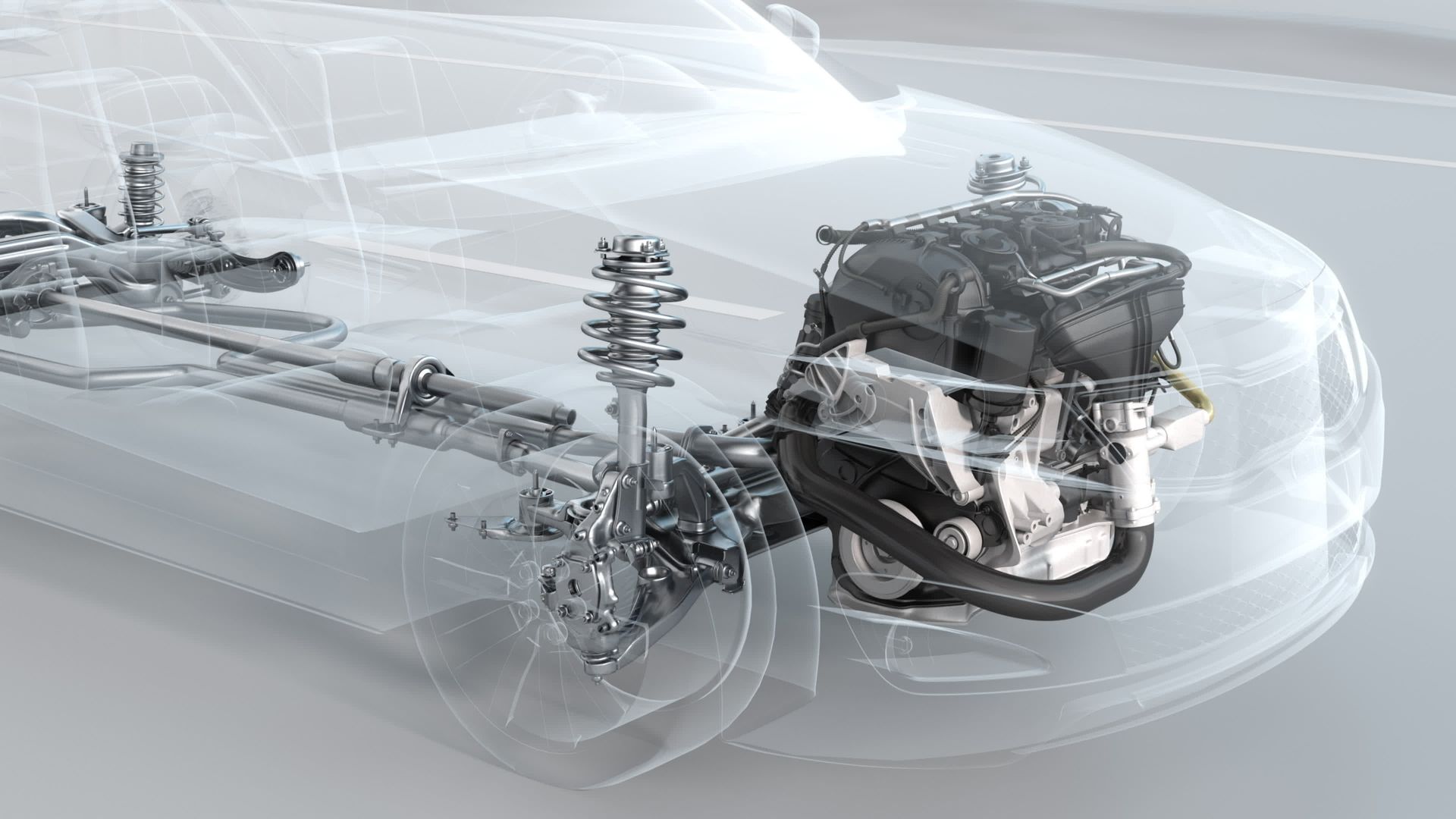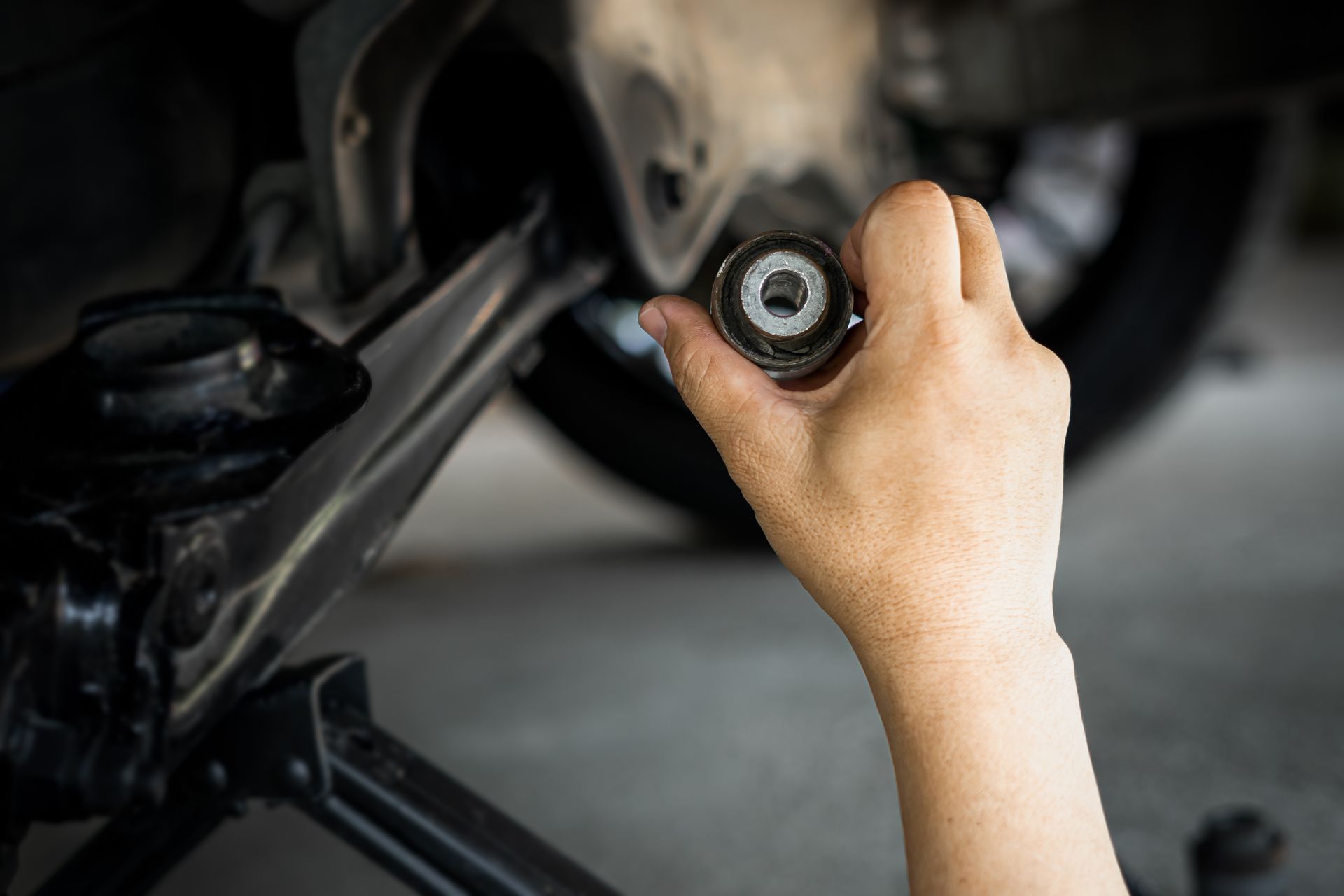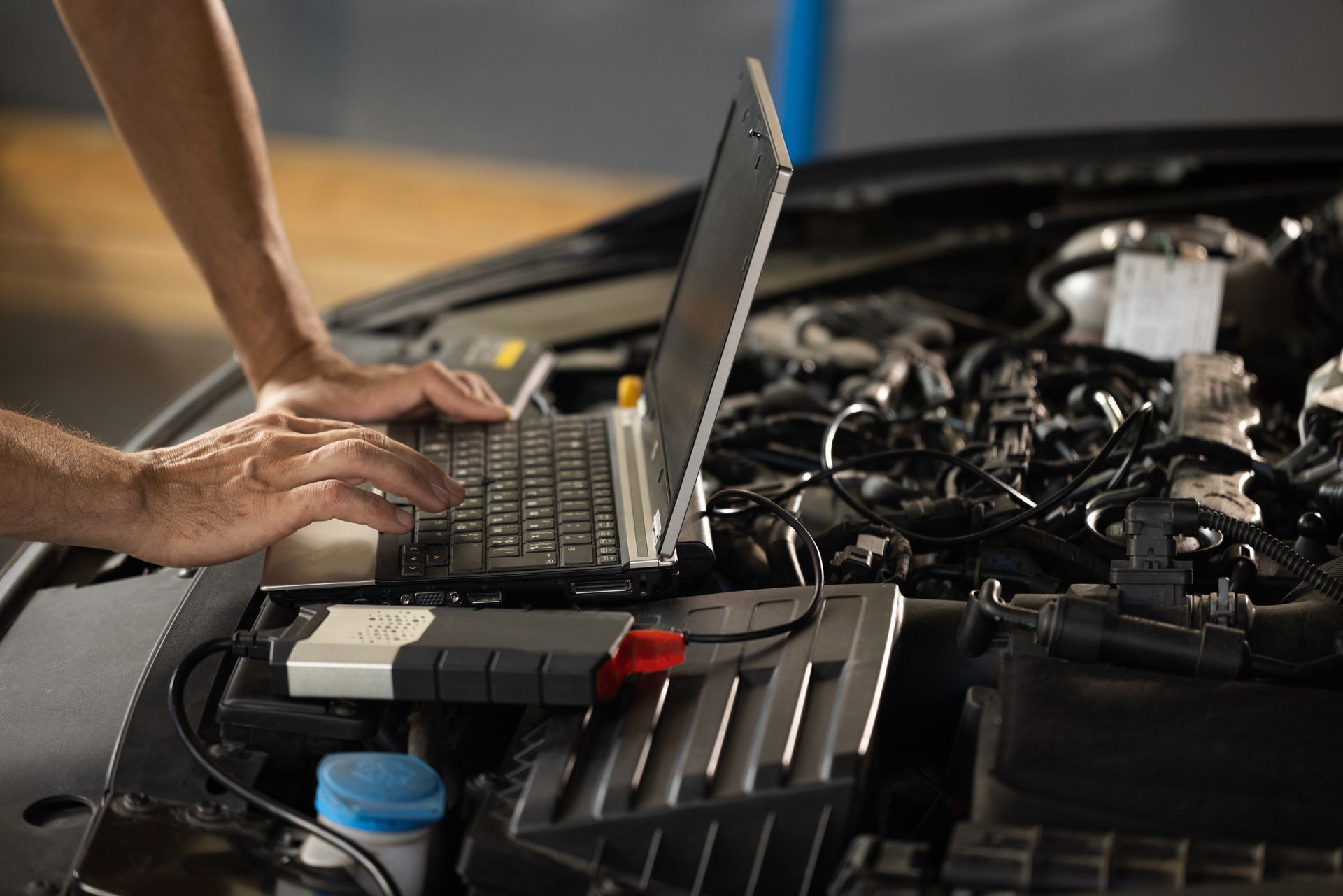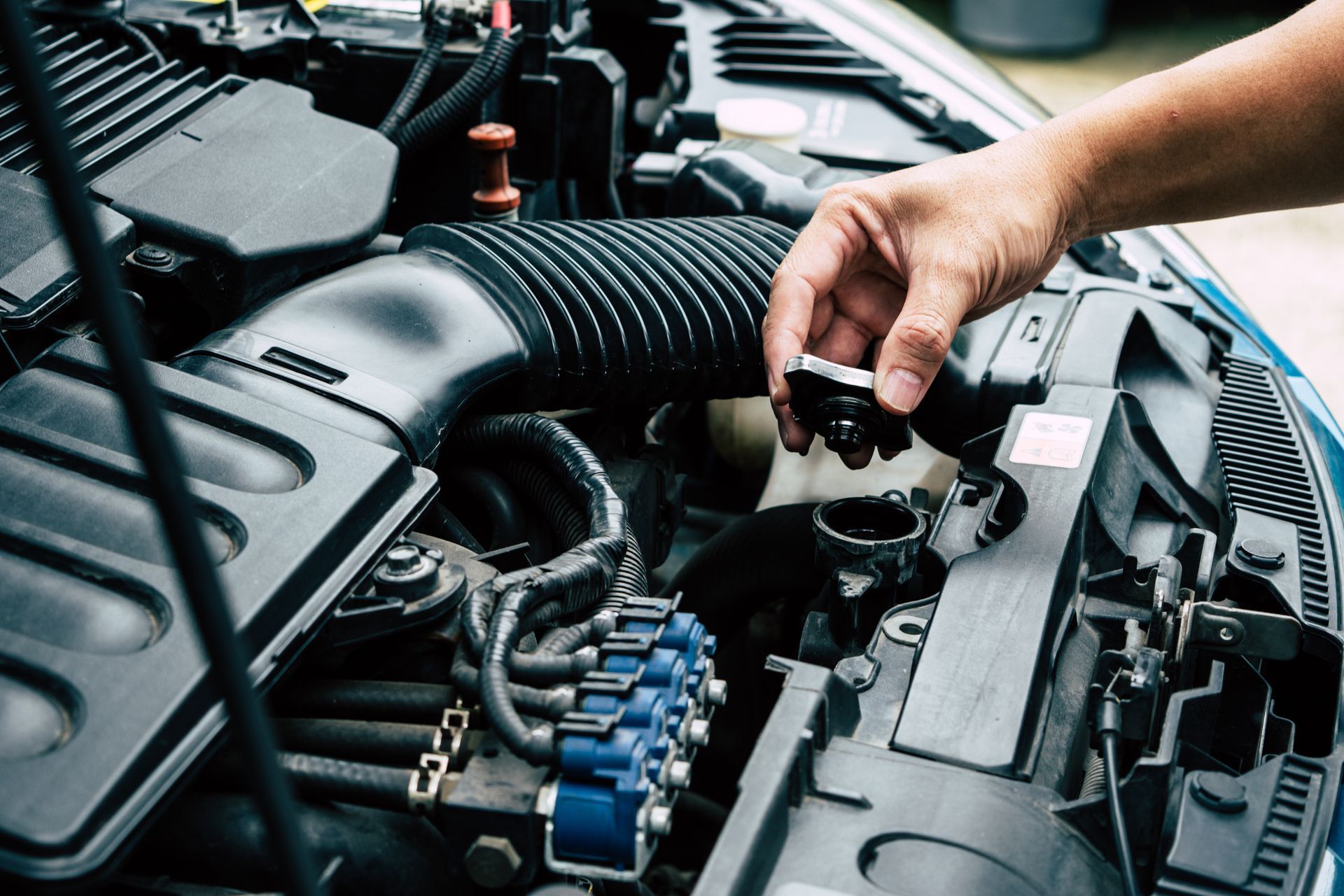13 Ida J Gadsen Dr Savannah, GA 31408
Loading ...
Missing business hours data / Error occurred while getting the data.
Loading ...
Missing business hours data / Error occurred while getting the data.
The Most Dangerous Areas On The I-16 You Should Know
Most Dangerous Areas On The I-16 You Should Know
Traveling the Interstate 16 (I-16) in Georgia can be a journey through picturesque landscapes, but certain stretches pose significant dangers. As a driver, being aware of these high-risk areas can prepare you for a safer trip, so here are five of the worst ones:
1. Laurens County: Mile Markers 98 to 106
The stretch of I-16 running through Laurens County, particularly between mile markers 98 and 106, is notorious for accidents. Factors contributing to its danger include heavy commercial vehicle traffic, frequent lane changes, and occasional poor visibility. This area demands vigilant driving and an acute awareness of surrounding vehicles.
2. Bibb County: Near the I-75 Interchange
The area near the I-75 interchange in Bibb County is a hotspot for traffic snarls and collisions. The merging of high-speed lanes and the complex interchange layout contribute to confusion among drivers, often leading to rear-end collisions and sideswipes. It's crucial to reduce speed and increase following distances in this area.
3. Bulloch County: Mile Markers 143 to 155
This section of I-16 in Bulloch County, between mile markers 143 and 155, sees a high frequency of accidents. Contributing factors include abrupt changes in traffic speed, congested roadwork zones, and challenging weather conditions during certain times of the year. Extra caution is advised, especially in reduced visibility.
4. Bryan County: Mile Markers 156 to 164
The segment between mile markers 156 and 164 in Bryan County is another area demanding attention. This stretch is prone to high-speed accidents due to its long, straight layout, encouraging higher speeds and resulting in more severe accidents. Keeping to the speed limit and staying alert is key in this zone.
5. Chatham County: Near the I-95 Interchange
Near the I-95 interchange in Chatham County, the I-16 experiences increased traffic volumes and complex navigational challenges. The area is known for frequent lane changes and aggressive driving behaviors, making it a high-risk zone for collisions. It's vital to stay in your lane, signal clearly for turns, and be patient.
How to Avoid Car Accidents on the I-16
Stay Alert
Vigilance is key. Avoid any form of distraction like texting, eating, or fiddling with the radio. Your full attention should be on the road, anticipating potential hazards. This is particularly important in areas with high traffic density or complex road layouts.
Follow Speed Limits
Speeding is a major contributor to accidents. Adhering to speed limits is not just about obeying the law; it's about giving yourself enough reaction time. Speed limits in high-risk zones are set for your safety, considering the road conditions and traffic flow.
Maintain Safe Distances
Keeping a safe distance from the vehicle in front of you gives you a buffer zone. It's essential for reacting to sudden stops or emergencies. The three-second rule is a good practice.
Check Weather Conditions
Weather can dramatically affect road conditions. Be aware of the forecast and be prepared for adverse weather. Rain, fog, or even low sun can impair visibility and road grip.
Be Patient
Patience is particularly vital in congested areas and busy interchanges. Aggressive driving and lane-hopping might save you a minute but can significantly increase the risk of collisions. Stay calm, plan your maneuvers well in advance, and give clear signals to fellow drivers.
Having car problems near Savannah? Don't worry! The team at CARma Auto Care is here to help - just give us a call!
Loading ...
Missing business hours data / Error occurred while getting the data.
Loading ...
Missing nap lines data / Error occured while getting the data.

